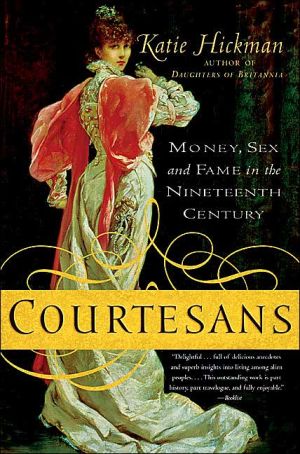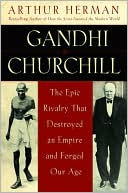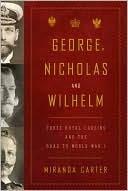Courtesans: Money, Sex and Fame in the Nineteenth Century
During the course of the nineteenth century, a small group of women rose from impoverished obscurity to positions of great power, independence, and wealth. In doing so they took control of their lives -- and those of other people -- and made the world do their will.\ Extremely accomplished, well-educated, and unusually literate, courtesans exerted an incredible influence as leaders of society. They were not received at court, but inhabited their own parallel world -- the demimonde -- complete...
Search in google:
During the course of the nineteenth century, a small group of women rose from impoverished obscurity to positions of great power, independence, and wealth. In doing so they took control of their lives — and those of other people — and made the world do their will. Extremely accomplished, well-educated, and unusually literate, courtesans exerted an incredible influence as leaders of society. They were not received at court, but inhabited their own parallel world — the demimonde — complete with its own hierarchies, etiquette, and protocol. They were queens of fashion, linguists, musicians, accomplished at political intrigue, and, of course, possessors of great erotic gifts. Even to be seen in public with one of the great courtesans was a much-envied achievement. Publishers Weekly Nothing quite catches the eye like the promise of sex. This tease of a book (a pleasing companion to Virginia Rounding's more scholarly Les Grandes Horizontales, published earlier this year) follows five prominent "fallen" Englishwomen across the long 19th century, tracing individual lives and changing societal attitudes. Patterns emerge of how women entered and left the profession, along with insight into the comparative public lives of men and women, the legal status of many long-term relationships, and the interesting habit of "kept" women taking the name of their first major client, oddly like slaves of the American South taking their masters' names. All through, Hickman (Daughters of Britannia: The Lives and Times of Diplomatic Wives) seems as interested in the finances of the demimonde as many of her subjects are, but it's unclear whether she intends this as a measure of courtesans' value in a market or whether she has simply become as fascinated as contemporary observers were with dinners, jewels and fashions. Her chatty footnotes catch the reader up on the gossip and personalities of the time and elaborately link characters across the different narratives. Occasionally, her central figures get lost in the discussion of their associates, rivals, clients, cooks and dressmakers. Her account of Elizabeth Armistead, in particular, lingers as much on Armistead's famed protector and later husband, the Whig politician Charles Fox, as on the woman herself. Hickman addresses issues of attraction and sex appeal as best she can from her sources, but frankly, one is left wondering what happened in the bedroom. Was all of the courtesan's charm in the seduction? 16 pages of color photos not seen by PW. (Dec.) Copyright 2003 Reed Business Information.
List of IllustrationsAcknowledgementsAuthor's NotePrologueIntroduction11Sophia Baddeley 1745-1786: The Actress Courtesan292Elizabeth Armistead 1750-1842: The Woman of Pleasure833Harriette Wilson 1786-1845: The Demi-Rep1494Cora Pearl 1835-1886: The Parisian Courtesan2155Catherine Walters 1839-1920: The Courtesan's Courtesan277Conclusion331Notes337Select Bibliography344Index351
\ Publishers WeeklyNothing quite catches the eye like the promise of sex. This tease of a book (a pleasing companion to Virginia Rounding's more scholarly Les Grandes Horizontales, published earlier this year) follows five prominent "fallen" Englishwomen across the long 19th century, tracing individual lives and changing societal attitudes. Patterns emerge of how women entered and left the profession, along with insight into the comparative public lives of men and women, the legal status of many long-term relationships, and the interesting habit of "kept" women taking the name of their first major client, oddly like slaves of the American South taking their masters' names. All through, Hickman (Daughters of Britannia: The Lives and Times of Diplomatic Wives) seems as interested in the finances of the demimonde as many of her subjects are, but it's unclear whether she intends this as a measure of courtesans' value in a market or whether she has simply become as fascinated as contemporary observers were with dinners, jewels and fashions. Her chatty footnotes catch the reader up on the gossip and personalities of the time and elaborately link characters across the different narratives. Occasionally, her central figures get lost in the discussion of their associates, rivals, clients, cooks and dressmakers. Her account of Elizabeth Armistead, in particular, lingers as much on Armistead's famed protector and later husband, the Whig politician Charles Fox, as on the woman herself. Hickman addresses issues of attraction and sex appeal as best she can from her sources, but frankly, one is left wondering what happened in the bedroom. Was all of the courtesan's charm in the seduction? 16 pages of color photos not seen by PW. (Dec.) Copyright 2003 Reed Business Information.\ \








